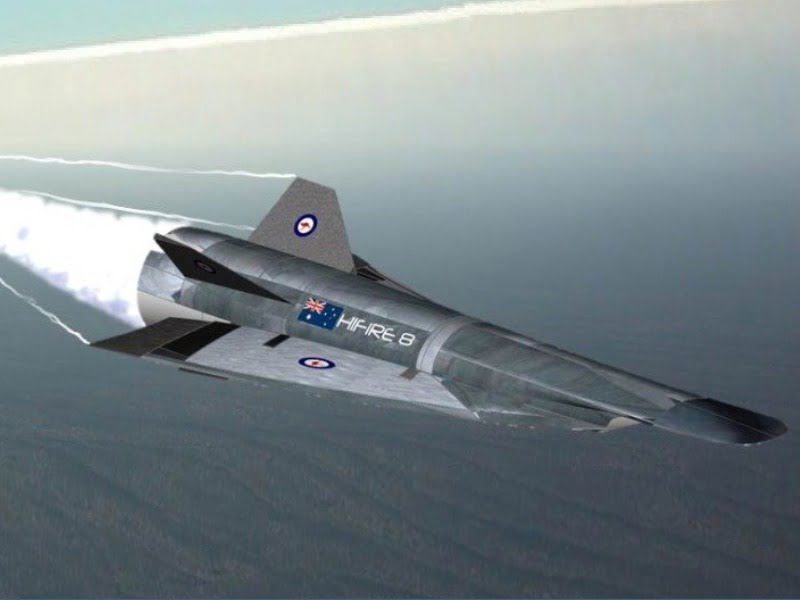Australian science and industry has a surprisingly key role to play in the new more potent defensive stance announced by Prime Minister Scott Morrison last week.
Many of the systems envisaged such as hypersonic cruise missiles, directed energy weapons and our own satellites are still in the development phase.
However the past half dozen years of intense focus on strengthening the relationship between defence science and industry, and between Australian SMEs and major prime contractors, puts industry in a stronger position than it has been since the 1960s to contribute to national security.
While in the 1960s we developed and made systems such as the Ikara anti-submarine missile and the Jindavik pilotless drone, this time it will be hypersonic, communications and space technologies that will be our contribution to defence.

Take satellites, for example.
Only last year one of our largest defence exporters, Electro-Optics Systems cemented a third leg for its business buying satellite and communications systems businesses in Australia and the US.
The new space communications business is developing a network of communications satellites that could easily be purposed as Australian defence assets, and also the US operation is developing directed energy weapons.
EOS is just one of a number of companies whose fortunes have turned around in recent years – it has an order backlog of more than $600 million including massive export sales to the Middle East.
Hypersonic engines and vehicles are another area where defence has conducted research as well as at the University of Queensland where a test tunnel capable of simulating hypersonic speeds is installed.
The University built hypersonic engines tested during the HIFiRE research programme involving DSTO and the US Air Force Research Laboratory (AFRL).
The University was involved in three of the test flights known as the HyShot series, including one launch of an engine payload (pictured) that flew at speeds of Mach 8.
It is not clear if the Australian payload achieved controlled flight, however Australian know and likely industry in some form will contribute to new hypersonic weapons under development.
One model for this is the Evolved Sea Sparrow Missile in use by Australia and its allies. Though manufactured overseas, the rocket launch sequence control system was developed in Adelaide by BAE Systems.
In a rare case for Australian industry, BAE is also the prime contractor making the Nulka hovering rocket anti-ship missile decoy which is in service on all RAN and US Navy capital ships.
USN aircraft carriers, for example, are protected from incoming missiles by the Australian Nulka system.
In may ways the BAE expertise that made those two defence contributions possible was born in UK-Australian rocketry work at Woomera and defence’s close relationship with industry in the 1960s.
We also built and launched our own WRESAT satellites from Woomera in 1967.
Similarly, a new crop of communications and space as well as defensive and offensive systems is very likely to come out of what is today’s reinvigorated Australian defence industry sector.
This story first appeared on the @AuManufacturing site. You can subscribe to the @AuManufacturing newsletter here.
Do you know more? Contact James Riley via Email.
